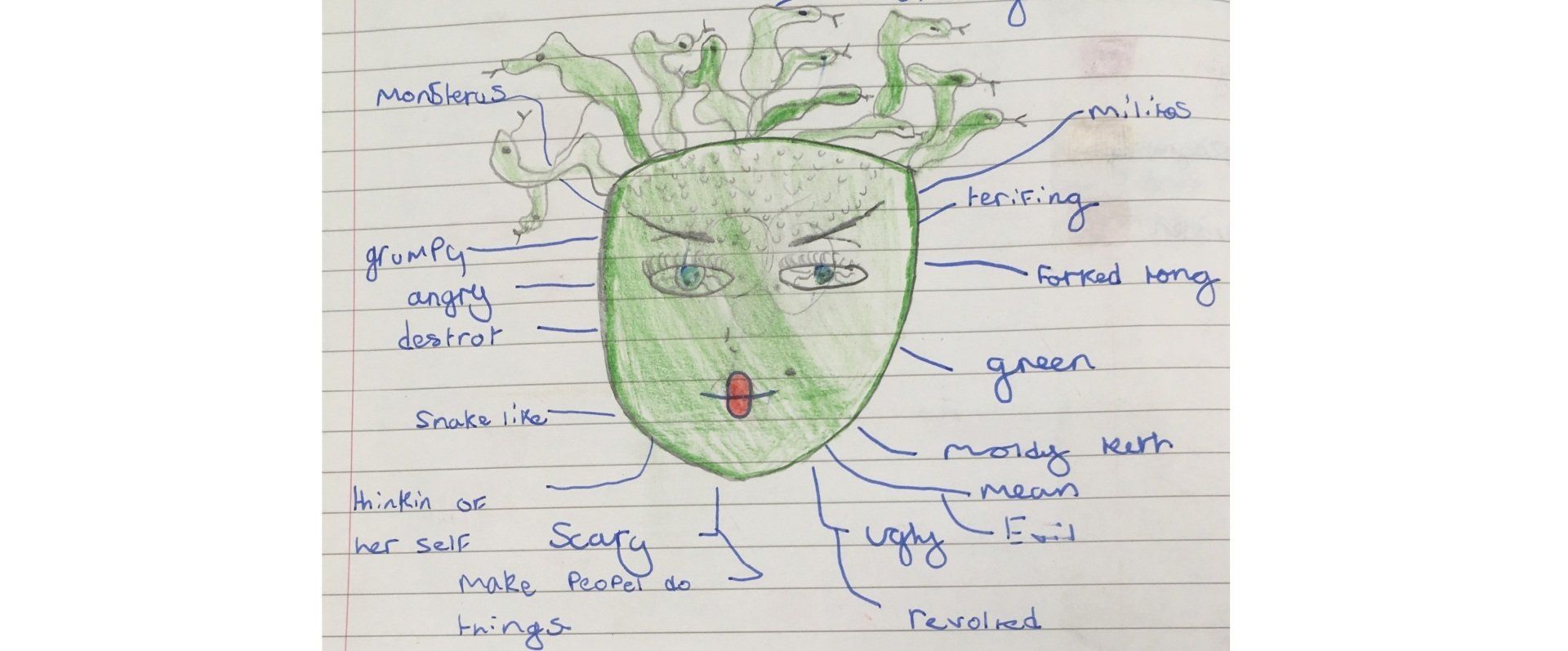Sensory issues in the classroom environment
- by James Lewis
- •
- 06 Dec, 2017
Are your wall displays for visiting adults or for the children?

Sensory issues are important to consider in the classroom environment. Children will rarely look above adult head height, so reduce the amount of wall display information above this level. Low angled winter sun shining through windows can be reduced through the use of blinds. The use of ear defenders works well for children who dislike high pitched noise, sunglasses can be used to reduce the effects of sun glare. When using communication symbols, matt laminating pouches can be used as the regular shiny laminates can typically produce reflections which can distract beyond the image to the picture that the teacher is trying to represent.
Children who are hyper-sensitive my find clothing overtly itchy and will need parents to remove internal labels and use fabric softener. Conversely hypo-sensitive children may seek physical stimulation through removing footwear to seek sensations of the floor and its temperature through their feet. Similar needs can sometimes be displayed through the child overtly hugging others as they may wish this for themselves. The use of a chest wrap made of wetsuit neoprene with Velcro attached can be stretched around the chest and two further straps can be secured over the shoulders. The effect is very calming and it feels like having a long hug. The effect however is reduced after 10 mins, at this point it should be removed.
When teaching children with autism I have found that only having the stimulus in the room that you wish to focus upon in the room directly in front of the child will aid in their ability to concentrate. In addition Bogdashina (2005) advocates teaching a child with an ASD (autistic Spectrum disorder) via their special interests. In the past I have linked to this concept through teaching a range of interests including jigsaws, Thomas the Tank Engine and Bob the Builder. In relation to my current class and the sensory curriculum level at which they are functioning; we are teaching through special sensory interests which are related to sand and messy food play Lu et al (2010). There is dichotomy when considering wall displays in a special needs classroom. Children with an ASD are very easily distracted and find it very difficult to screen out other visual stimulus as everything will be processed as important. Calm, dark de-sensory areas allow mental uncluttering, leading to later positive learning episodes. It has already been a significant benefit in enabling our class to concentrate on tasks.
Bringing it all Together:
In the design of a special needs classroom, it is helpful to consider the arrangement and organisation of the room contents. There will be a calm de-sensory feeling about the room, with opportunities then to provide particular sensory stimulation where required. It is worthwhile considering that our children may encounter fragmented perception, sensory overload Tilton & Thompson (2010), hyper or hypo sensitivity or delayed processing Bogdashina (2007).










